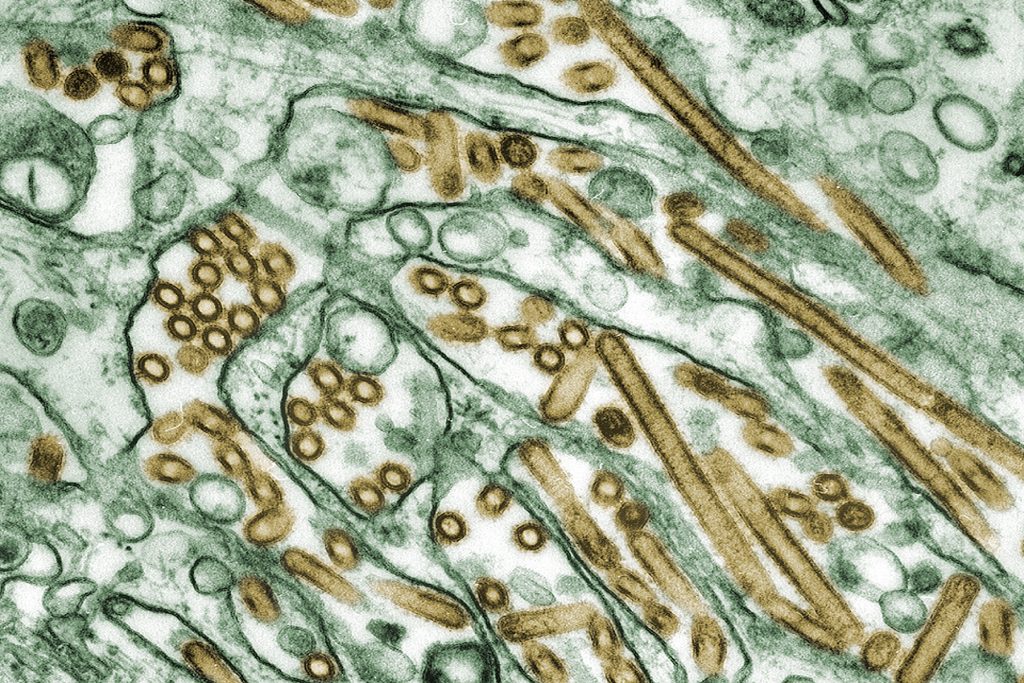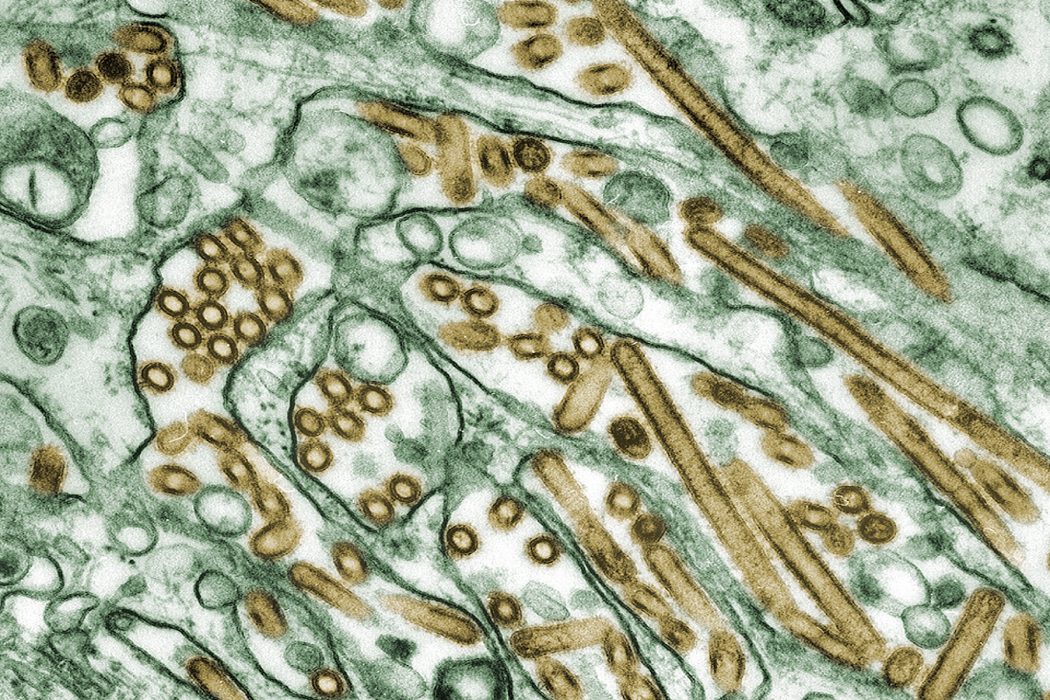In December 2017, the National Institutes of Health (NIH) announced that it is lifting a moratorium on funding for gain-of-function research on influenza, severe acute respiratory syndrome (SARS), and Middle East respiratory syndrome (MERS) viruses. This policy dated back to October 2014, when federal funding was halted for efforts to make those three viruses more lethal.
The NIH states that its gain-of-function research is important to develop countermeasures for possible public health threats posed by these lethal pathogens. Some scientists are of the mind that these gain-of-function studies can show how a virus could mutate to infect humans more easily or could help produce more effective vaccines. Skeptics say that the risk of creating a mutated strain that could escape controlled laboratory conditions and unleash a pandemic is too great.

Courtesy: Cynthia Goldsmith, Jackie Katz, Sharif Zaki
While gain-of-function experimentation is used throughout virology research efforts for many different purposes, concerns arose regarding gain-of-function research specifically for influenza, MERS, and SARS due to its high level of controversy and a troubling trend of laboratory accidents.
For years, there was a surge in labs seeking to perform research involving dangerous pathogens, with minimal oversight and a lack of a broader vision for their purpose. The Government Accountability Office warned Congress that there was no agency overseeing all of these laboratories and that the actual number of these labs was unknown because registration with the government was only required if handling select agents. There was a possibility that there were labs handling pathogens that were dangerous but not categorized as select agents.
Laboratories in the United States and the Netherlands sent shockwaves in 2011 when they admitted to successfully mutating the lethal H5N1 avian flu to spread easily amongst ferrets, a common model for human flu vulnerability. In 2014, controversy further intensified when the Centers for Disease Control and Prevention (CDC) mistakenly sent a deadly strain of a flu virus to a lab that had requested a benign strain. The number of unknown factors regarding these high-level laboratories, as well as a spate of dangerous incidents over this timeframe, led to the 2014 moratorium on federal funding for these projects.
Now that the funding moratorium has been lifted, the new NIH policy states that gain-of-function research on deadly viruses can proceed if approved by a panel. Researchers must demonstrate that their work would be performed in a high-security lab and that the benefits justify the potential risks. The new framework outlines a multi-step review process involving both the funding agency and a Department of Health and Human Services review panel to consider the merits of such research, as well as the increased potential of creating a pandemic-level pathogen. The pathogen being modified must pose a significant threat to public health and the research must produce knowledge that would benefit humanity. There is an additional stipulation that there can be no safer way to do the research.
While the NIH is heralding the new policy as rigorous and carefully crafted through interdisciplinary efforts, and some experts concede that the panels are a step in the right direction, there are still concerns among the scientific community about the ramifications of this research. In particular, experts are urging deeper scrutiny into what is publically available knowledge and what ought to be classified.
The difference between discovering potentially life-saving knowledge or accidentally creating the next pandemic is surprisingly small. It is important for us to continue to examine our scientific institutions’ processes and to question their objectives. As student physicians, budding scientists, and future policy-makers, we know the value of scientific research. We need to ensure that we understand its potential pitfalls as well.
- Board on Life Sciences; Division on Earth and Life Studies; Committee on Science, Technology, and Law; Policy and Global Affairs; Board on Health Sciences Policy; National Research Council; Institute of Medicine. Potential Risks and Benefits of Gain-of-Function Research: Summary of a Workshop. Washington (DC): National Academies Press (US); 2015 Apr 13.
- Collins FS. NIH Lifts Funding Pause on Gain-of-Function Research. National Institutes of Health. Published December 19, 2017. Accessed January 6, 2018.
- Grady D. Pathogen Mishaps Rise as Regulators Stay Clear. The New York Times. Published July 19, 2014. Accessed January 6, 2018.
- McNeil DG. A Federal Ban on Making Lethal Viruses Is Lifted. The New York Times. Published December 19, 2017. Accessed January 6, 2018.
- McNeil DG. White House to Cut Funding for Risky Biological Study. The New York Times. October 17, 2014.
Kylie Jenkins is a medical student in the Class of 2021. She graduated from Barrett, the Honors College at Arizona State University with an economics degree and briefly worked as an analyst before beginning medical school. She is a notorious speed reader and loves writing, bouts of intense physical activity, and planning her next vacation.


